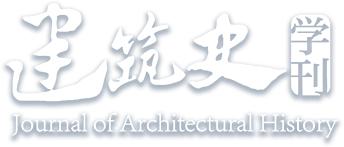Abstract:
As a material once widely used in window panes along the coastal regions of Southeast China and frequently recorded in classic literature, “
mingwa” or bright tiles gradually vanished from public awareness following the adoption of flat glass in the late Qing. Nowadays, its presence is rare, and awareness of this material is scarce. By examining physical relics and scrutinizing a wide array of literature, including local chronicles, geographical accounts, poetry, scholarly notes and novels, the paper maintains that “
mingwa” is indeed a type of shell known as “
haiyue” in Chinese, also called “
haijing”, scientifically identified as
Placuna placenta (Linnaeus, 1758). Renowned for its exceptional light transmission properties, “mingwa” was widely utilized for window adornment, particularly during Ming and Qing dynasties, where its manufacturing, transportation, and trade had already evolved into a full-fledged industry. Beyond window decoration, “
mingwa” was also applied in crafting lamps and screens, serving as fire-resistant partitions, and even in medicinal preparations.


 下载:
下载: